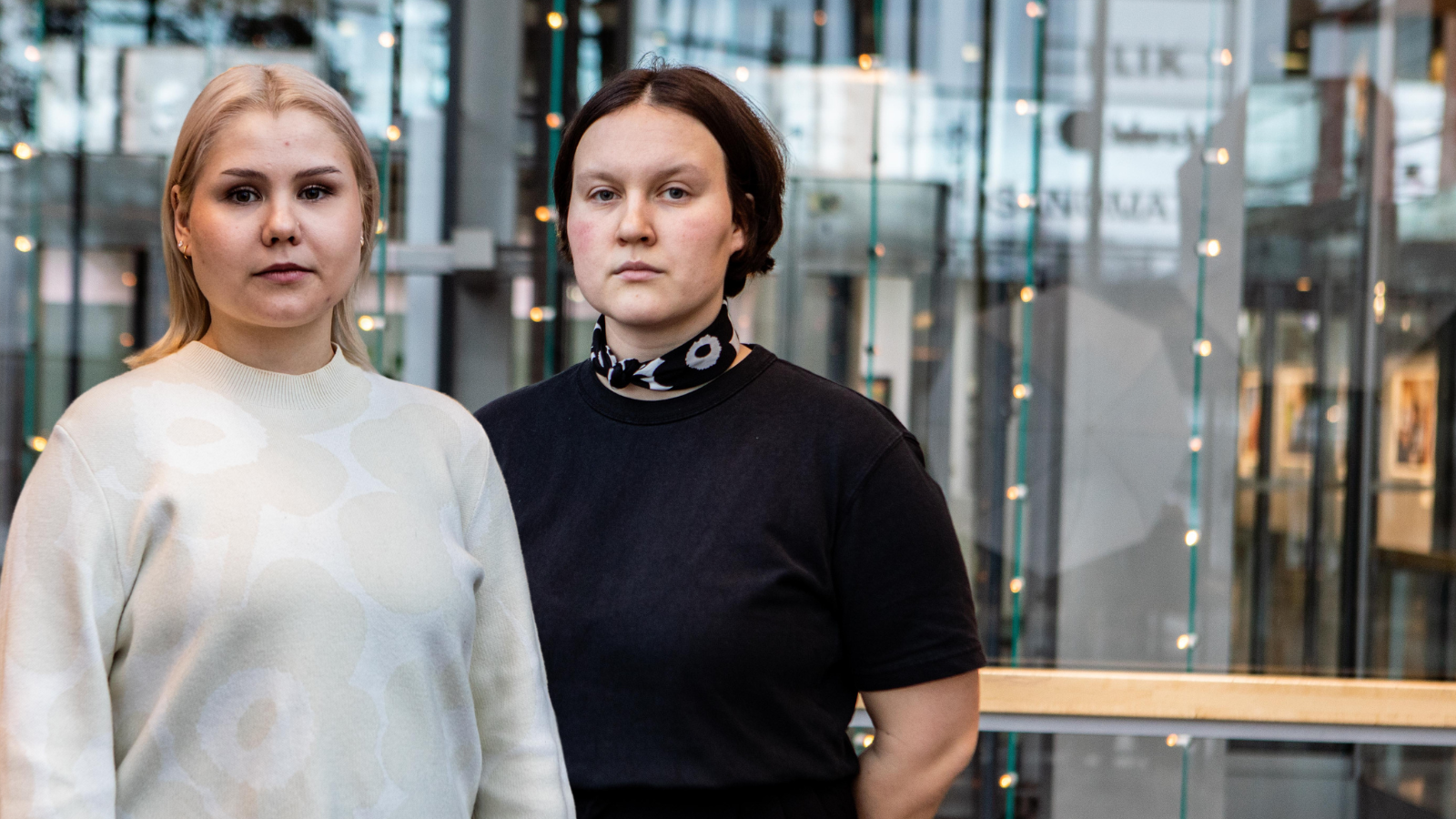The transfer of students to coverage under general housing allowance is a very good thing for the majority of students because the amount of assistance grew to better reflect the real level of rent. Still, housing allowance became household-specific. In a household, all the income of the people living in it affects the amount of housing allowance that the household receives. In case there is a large difference in the incomes of the residents, the person with the lowest income is dependent on the income of others.
The situation can be described as a maintenance obligation. However, the law does not make members of a household responsible for maintaining each other—a maintenance obligation only exists within a marriage. Defining a household is challenging, but as a starting point, all the people residing in the same residence under a joint lease belong to the same household, unless the applicants can prove otherwise. Indeed, it was mainly low-income students who live with a higher-income person that suffered a loss in this transfer to housing allowance, as their allowance could cease entirely because of this.
SYL pursues an individualized system of assistance for housing, which should not only be flexible, but also allow for a reasonable income for students. Tying social security to the household, with its resulting maintenance obligation, is an echo of the 1970s, and is no longer applicable to the worldview of people living in 2020.
Even Rinne’s government program stated the need to reform housing allowance in a more individualized direction. Additionally, it was set out in policy that the problems of interpreting co-housing and the need for corrective measures in student housing allowance will be resolved during this parliamentary term. The complete individualization of housing allowance will cost approximately 600 million, depending on the projections and methods of implementation. However, no particular funds have been reserved for reforming housing allowance in government negotiations.
It is still important to continue developing housing allowance policy. Indeed, in this text, I aim to outline various, more affordable ways to reform housing allowance within the scope of the current system, toward a more modern, fair, and individualized direction. Reforms would have a significant effect on students’ financial situations and housing.
Could a “reconsideration period” be set for the formation of a household?
Young people today will often move into their first shared residence because of financial reasons, or for example, because there are not enough studio apartments available to satisfy demand. Some may also move in together purely for the sake of experimentation.
I do not think that it is particularly fair that people who have moved in together, say, for lower rent, are punished with the unexpected formation of a maintenance obligation and cuts to financial assistance. Here, moving in together for reduced rent surprisingly turns out to be a stupid financial decision. Contrary to common sense, it is more cost-effective to pay for two separate residences, even though in reality, only one of these would be occupied.
Finnish law does not recognize a maintenance obligation between cohabiting partners. The Act on the Dissolution of the Household of Cohabiting Partners states that the right to joint property in a relationship is created only when the partnership has lasted five years, or when the partners have joint children. Consequently, in practice, it is held that a relationship is only sufficiently “established” after five years for a maintenance obligation to apply.
Could we then also use some kind of comparable “reconsideration period” in the maintenance obligation formed by the general housing allowance? It would be important that financial obligations would only form in a relationship when it is truly established. In my view, this would be a significantly better reflection of life and reality for young people.
The effects of this kind of change on housing behavior or state finances have not been yet been evaluated, but I think the idea is definitely worth further study.
The household income threshold is too low for two adults
In the event that people in the same residence are interpreted as belonging to the same household, their incomes are combined. The allowance decreases according to the income threshold of the combined income, and when that income is sufficiently high, the allowance is completely discontinued.
In a two-person household, the allowance is already cut when the combined income of a household is over 940 euro per month. This threshold is very low, especially in the expensive Helsinki metropolitan area. Is it reasonable that, as one roommate works part-time, this small wage income reduces the other person’s housing allowance, who lives only off student financial aid?
In my view, there is good reason to raise the income threshold for the general housing allowance, and in particular, to examine the income thresholds for a household of two adults. As it stands, in a household of an employed person and a student, they easily leave the person with a smaller income in a very difficult position. Due to the income of their partner, they are not entitled to a housing allowance, but on the other hand, the partner has no legal obligation to provide for the party with a lower income, either. This also places people into an unequal position in a relationship and enables the exercise of financial power.
Could the situation be alleviated administratively?
One problem with the household-specific system is that it is very difficult for people moving in together as roommates to determine whether they will be included in the same household or not. This can have a really big financial effect, one way or another.
The instructions for the processor at Kela (Social Insurance Institution of Finland) does list many different criteria for considering whether people belong to same household or not, but in the end, much is left to the discretion of the individual clerk and their “general life experience.” “General life experience” is a criterion that is too arbitrary and does not guarantee that applicants are treated equally. Anticipating this is indeed difficult for a person applying for assistance, and a situation that has been evaluated incorrectly beforehand can result in the complete discontinuation of the allowance. Moving is expensive, and many cannot afford to make miscalculations. My question is whether it would be possible to develop some kind of practice, where a person could get an estimate in advance on how Kela will interpret a situation prior to moving? In any case, the criteria for assistance must be so unambiguous and consistent that an individual can be sure about how their situation will be interpreted.
According to current practice, people living in the same residence under a joint lease are automatically part of the same household. This is also caused by the potential joint and several liability clauses in the tenants’ separate lease contracts. For financial reasons, many landlords are unwilling to make separate contracts for people moving into the same residence.
In 2020, it is time to reform the criteria for housing allowance to better reflect reality, in a way that a joint lease agreement would not always automatically mean a joint household.
In conclusion
The aforementioned methods could be used to modernize and develop housing allowance policy in a more individualized direction. For now, no broader impact assessments have been made for the ideas presented in this text, but these alternatives should still be examined as a part of reforming housing allowance.
In reforming housing allowance, it is important not to start working on a separate solution for students, as the problems related to it being household-specific apply to everyone covered by the general housing allowance. Problems should be solved for everyone at the same time, and housing allowance should not be differentiated for separate groups of people.
Assistance should encourage coresidence, rather than make it more difficult. Supporting coresidence is beneficial for society, and the studio apartments that are in demand would be left to those who specifically prefer to live alone. Housing allowance should respond to the needs of its recipients.
Titta Hiltunen




